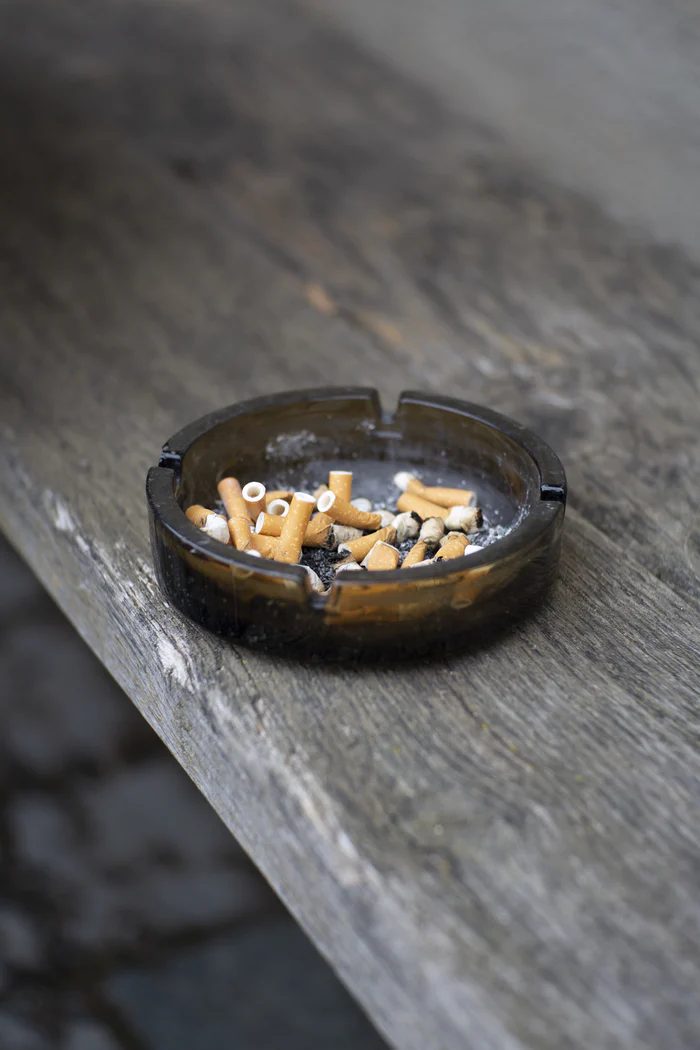The Respiratory System
4 min read•november 29, 2021
Riya Patel
Riya Patel
Biology 🧍
13 resourcesSee Units
Components and Functions of the Respiratory System
During the COVID-19 pandemic, we’ve continuously heard about COVID’s relation to and impact on the respiratory system. As such, you might be wondering: what exactly is the respiratory system? What role does it have in the body and in our essential functions? Well, let’s dive right into it!

Courtesy of Unsplash
What is the Respiratory System?
The respiratory system is the bodily system made up of various organs and tissues which help you breathe. Some organs from this system include the nose, mouth, throat (pharynx), voice box (larynx), and lungs.
Structures Inside of a Healthy Lung

Courtesy of Unsplash
The organs of the respiratory system are divided into two tracts: the upper and the lower. You might be wondering which structures correspond to which tract. Don’t worry, we’ve got your back!
Upper Respiratory Tract
The upper respiratory tract is made up of the structures found from our throat to our face.
Some structures within this tract are:
Mouth: a hollow cavity formed by the space between the lips 💋, cheeks, tongue 👅 (hard and soft palates), and the throat
Nose: the body’s primary organ of smell which also functions as part of the body’s respiratory system
Pharynx: a cavity that connects the nose 👃 and mouth 👄 to the esophagus
Larynx: the voice box
Lower Respiratory Tract
The lower respiratory tract is made up of the structures located between our throat and our lungs.Some structures within this tract are:
Trachea: the windpipe 🌬
Bronchus: air passage in the lungs which split at the windpipe
Bronchioles: any of the minute branches into which a bronchus will divide
Alveoli (Type 1 and 2 Pneumocytes)
Alveoli: tiny air sacs in the lungs where gas exchange 💬 occurs

Courtesy of Unsplash
Pneumocytes are the surface epithelial cells found in the alveoli. There are two types of pneumocytes: type 1 and type 2.
Type 1: gas exchange; permeability barrier function
How Gas Exchange Occurs in Healthy Lungs
Breathing

Courtesy of Unsplash
To breathe, muscles create movement, which allows air to go in and out of the lungs in a rhythmical manner. The contraction of these muscles changes the volume of the thoracic cavity.
Boyle’s Law & Breathing
Boyle’s law is the idea that pressure is inversely proportional to volume. This means that when the volume increases, pressure in the thoracic cavity decreases (and vice versa).
This shows that gases move from high 👆pressure to low 👇pressure.
When there is less pressure in the chest than in the atmosphere, air will start to come into the lungs, or inspiration will occur.
When there is more pressure in the chest than in the atmosphere, air will start to go out of the lungs, or expiration will occur.
As mentioned before, muscles will contract 💥 to change the volume of the thoracic cavity. Different muscles are used to expand and contract chest volume.
There is a pressure differential created between inspiration and expiration in the lungs. At high altitudes, the atmospheric pressure is lower👇. This means that chest volume needs to increase. This is why it is hard to breathe on top of a mountain ⛰.
For a review of Boyle’s law in more depth, check out the Fiveable study guide on Ideal Gas Law.
Lung Cancer
Description
Lung cancer is the uncontrolled rapid increase, known as proliferation, of lung cells. Eventually, this behavior will lead to abnormal growth of lung tissue.
Causes/Risk Factors
Some causes or risk factors of lung cancer are:
- Radiation (X-rays)
- Aging (Senescence) 👴
- Pollution (Smog) 💭
- Environment (Radon gas) 💥
- Diseases (COPD) 😷
- Genetics (Family history) 🧬
- Occupation (Miners) 👷
- Asbestos (Silicates) 🏠
- Tobacco (Smoking) 🚬
- Smoke (Second-hand)
Symptoms
Some symptoms of lung cancer include:
- Coughing up blood 🩸
- Wheezing
- Respiratory distress
- Weight loss
How Does this Affect Lung Function?
Lungs are needed for normal body function and if they don’t function properly, this can be extremely detrimental to general health. Lungs are rich in blood supply, meaning that lung cancer can spread easily to other parts of the body.
Emphysema

Courtesy of Unsplash
Description
Emphysema is a lung condition where the walls of alveoli lose their elasticity. This causes damage to the alveolar walls, and eventual rupture.
Causes/Risk Factors
Some causes and risk factors of emphysema are:
- Smoking 🚬
- Heredity (sometimes) 👪
Symptoms
Some symptoms of emphysema include:
- Shortness of breath
- Phlegm production
- Expansion of rib cage 🤯
- Cyanosis
- Increased susceptibility to chest imperfections
How Does This Affect Lung Function?
Emphysema causes the abnormal enlargement of alveoli. This lowers the total surface area for gas exchange, leading to the degradation of the alveolar walls. As such, it causes holes to form, and alveoli will start to merge into air spaces.
Closing Remarks
That’s all for the respiratory system! To learn more about the other body systems, check out the Fiveable slide deck on body systems! For auditory👂learners, watch this amazing video on body systems 📹
Connect with other students studying biology with Hours
Browse Study Guides By Unit
🔬Cells
⚙️Biological Processes
🧍Human Body Structures
The Respiratory System
- Components and Functions of the Respiratory System
- What is the Respiratory System? 🤔
- Structures Inside of a Healthy Lung
- Upper Respiratory Tract
- Lower Respiratory Tract
- Alveoli (Type 1 and 2 Pneumocytes)
- How Gas Exchange Occurs in Healthy Lungs
- Breathing
- Boyle’s Law & Breathing
- Lung Cancer
- Description
- Causes/Risk Factors
- Symptoms
- How Does this Affect Lung Function?
- Emphysema
- Description
- Causes/Risk Factors
- Symptoms
- Closing Remarks
👨👩👦Genetics
🐒Evolution

© 2023 Fiveable Inc. All rights reserved.